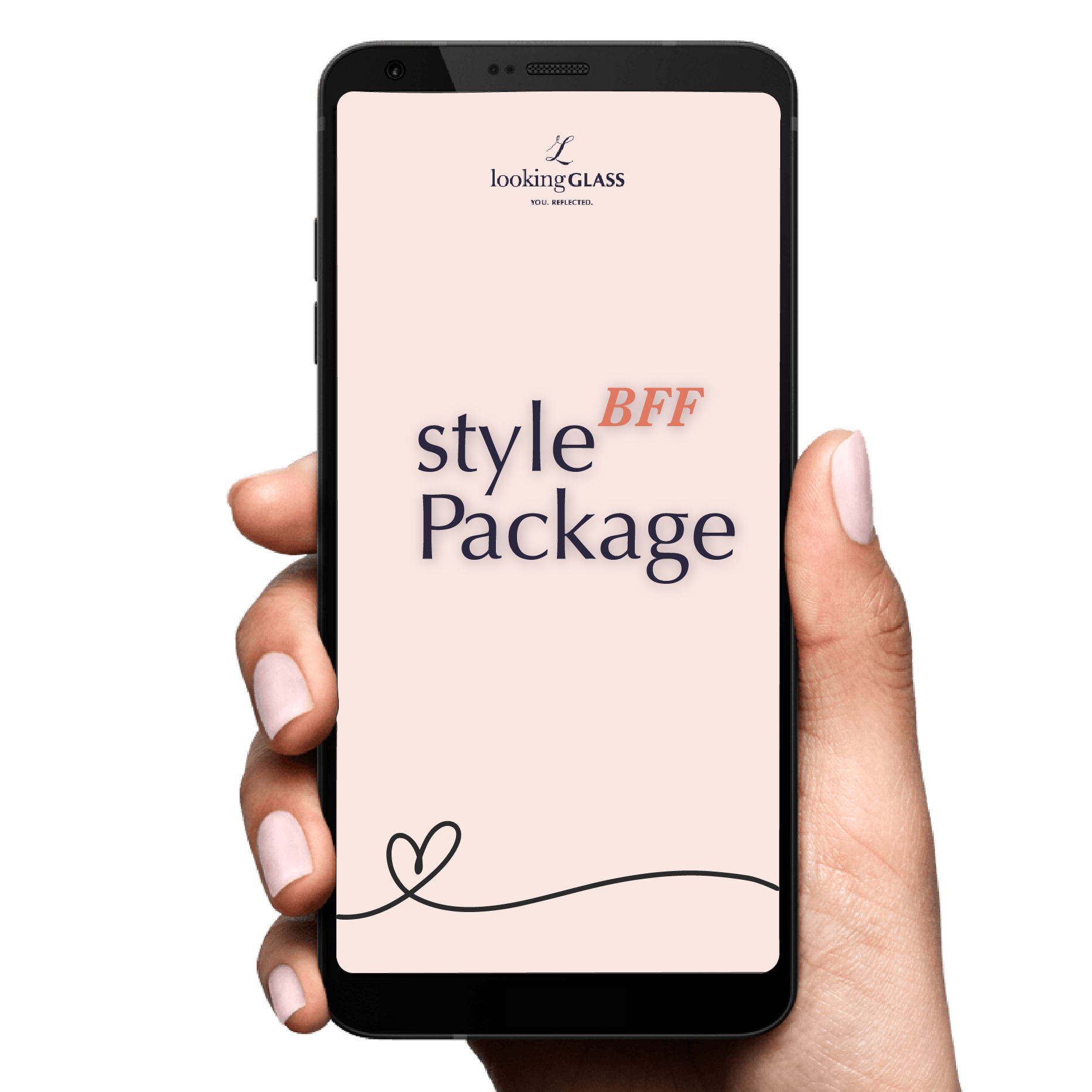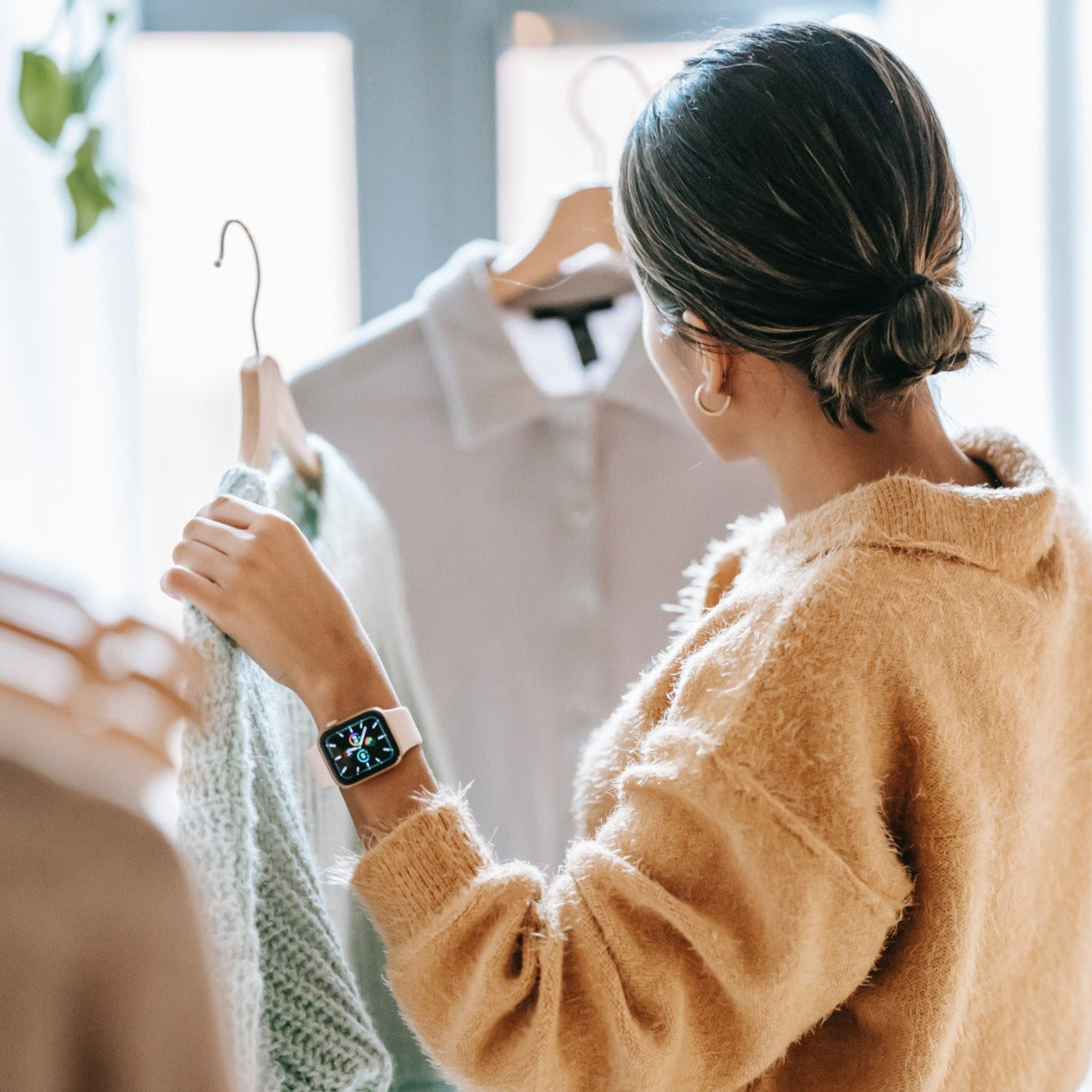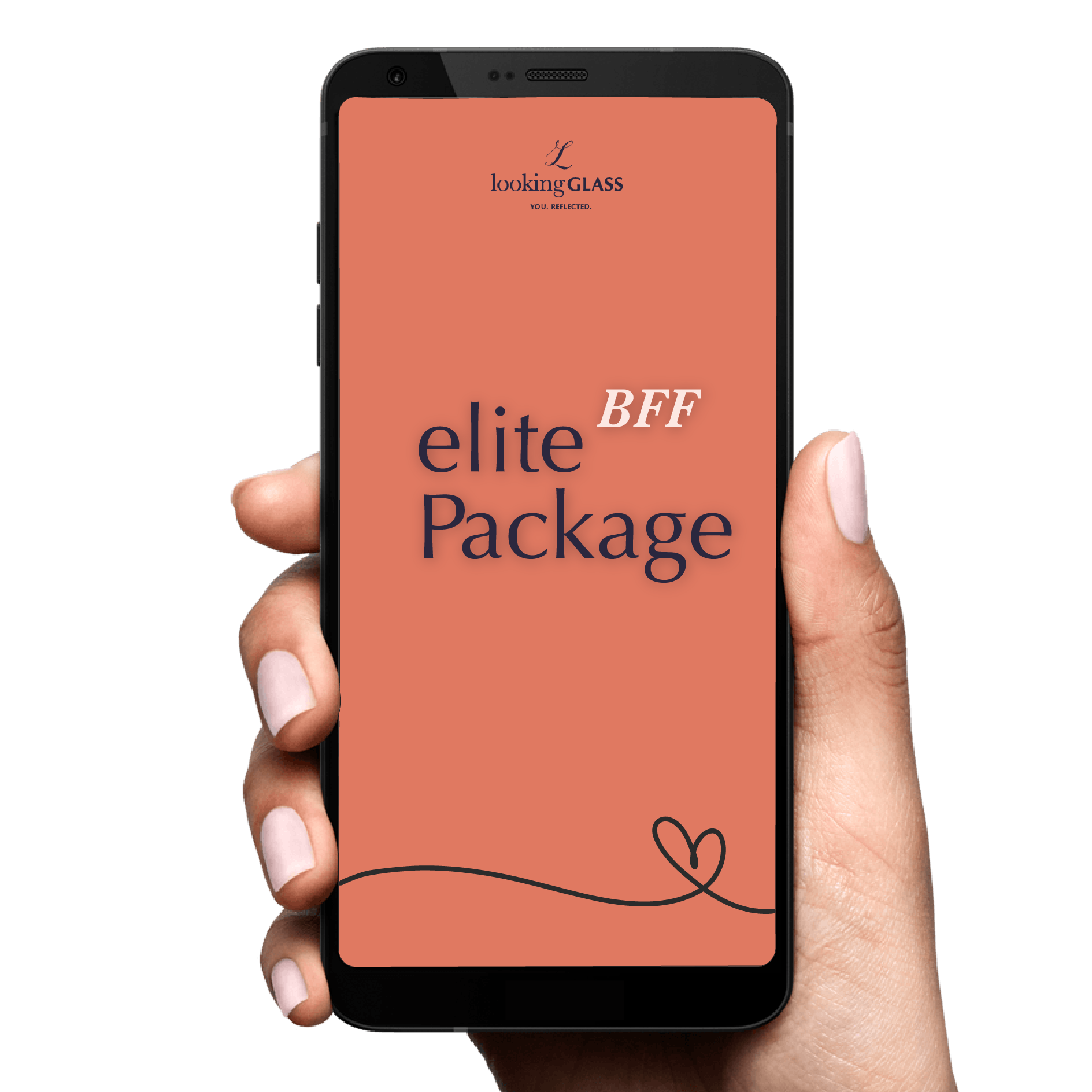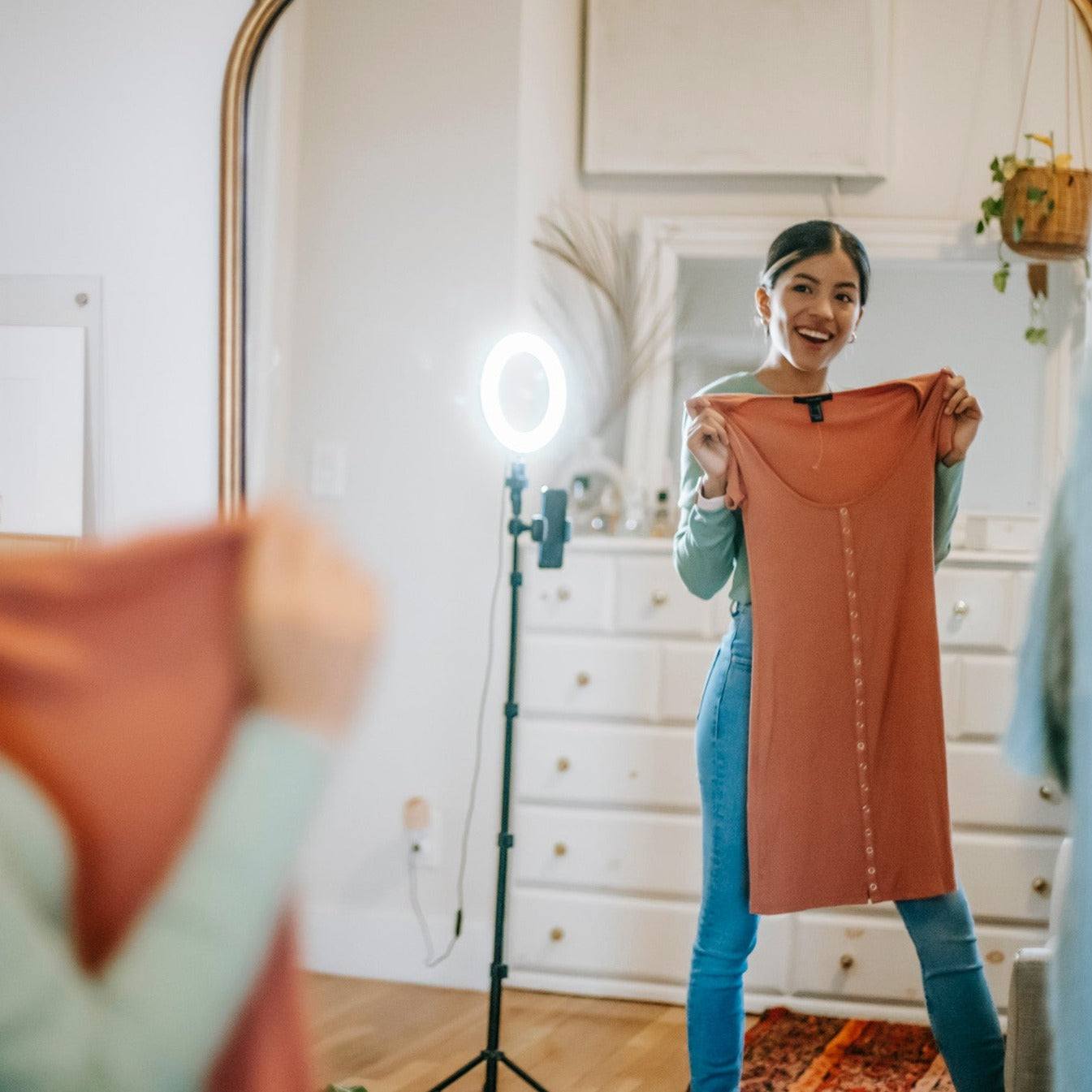As the fashion industry continues to evolve, there's a growing awareness about its impact on the environment. From textile waste to overconsumption, traditional fashion practices contribute significantly to pollution and resource depletion. However, there's a silver lining: by making informed choices, we can significantly reduce the environmental footprint of our wardrobes. This article will explore how to make your wardrobe more eco-friendly by focusing on sustainable fabrics, supporting ethical brands, buying second-hand, and adopting practices like upcycling. With these steps, you can prioritize quality over quantity and promote conscious consumption while still expressing your unique personal style.
1. Opt for Sustainable Fabrics
The fabric of your clothes plays a pivotal role in the environmental impact of your wardrobe. Traditional textiles like cotton and polyester require substantial amounts of water, chemicals, and energy to produce. Fortunately, there are alternatives that are far more eco-friendly.
- Organic Cotton: Unlike conventional cotton, which relies heavily on pesticides and fertilizers, organic cotton is grown without synthetic chemicals. This makes it safer for the environment, promoting soil health and reducing water pollution.
- Hemp: Hemp is one of the most sustainable fabrics available today. It grows quickly, requires little water, and doesn't need pesticides. Hemp fabric is durable, breathable, and biodegradable, making it an excellent choice for eco-conscious consumers.
- Bamboo: Bamboo is a rapidly renewable resource that doesn't require pesticides or large amounts of water. It can be transformed into a soft, versatile fabric. However, it's essential to choose bamboo fabrics processed using eco-friendly methods rather than those involving harsh chemicals.
- Tencel and Lyocell: These fibers are made from wood pulp, typically sourced from sustainable forests. The production process uses a closed-loop system, meaning that the solvents are recycled and reused, making Tencel and Lyocell environmentally friendly options.
- Recycled Fabrics: Recycled polyester, nylon, and cotton are gaining traction. These materials reduce the need for virgin resources and help minimize textile waste. Brands are increasingly incorporating recycled fabrics into their collections, making them an accessible and sustainable option.
2. Support Ethical and Sustainable Brands
In recent years, ethical fashion has become a significant movement. More and more brands are recognizing the importance of sustainability and are taking action to produce garments that are not only environmentally friendly but also socially responsible.
When shopping for new clothes, take the time to research the brands you're supporting. Look for companies that:
- Use Sustainable Materials: Many brands now prioritize eco-friendly fabrics, and some go further by ensuring their production processes are carbon-neutral.
- Practice Fair Labor Standards: Ethical brands are transparent about where and how their clothes are made. They ensure workers are paid fair wages and work in safe conditions.
- Minimize Waste: Brands that focus on zero-waste or minimal waste design techniques reduce fabric waste by using innovative methods like pattern optimization or recycling leftover materials.
- Transparency: Ethical brands are transparent about their supply chain, allowing consumers to understand the environmental and social impacts of their purchases. Look for certifications like Fair Trade, GOTS (Global Organic Textile Standard), or B Corp, which ensure the brand meets rigorous sustainability and ethical standards.
By supporting these brands, you help push the fashion industry towards more responsible practices. It may cost more upfront, but these clothes are often made to last longer, making them a more cost-effective choice in the long run.
3. Buy Second-Hand
One of the easiest and most effective ways to reduce your wardrobe's environmental footprint is by purchasing second-hand clothing. Second-hand shopping not only helps reduce waste but also breathes new life into garments that would otherwise end up in landfills.
- Thrift Stores: Local thrift stores and consignment shops offer a vast selection of pre-loved clothing at affordable prices. The variety is endless, and you're often able to find unique pieces that add a distinctive touch to your style.
- Online Platforms: Websites and apps like Poshmark, Depop, and ThredUp provide convenient platforms for buying and selling second-hand clothes. These online marketplaces make it easy to find gently used, designer, or vintage items that are often in great condition.
- Vintage Stores: Vintage clothing is not only eco-friendly but also a fantastic way to incorporate timeless pieces into your wardrobe. These items are often made with higher quality fabrics, making them more durable and longer-lasting than fast fashion alternatives.
By buying second-hand, you can support the circular economy and help reduce the demand for new clothing production, which is resource-intensive and wasteful.
4. Reduce, Reuse, and Upcycle
The concept of reducing, reusing, and recycling is at the heart of eco-friendly fashion. Instead of discarding clothes that no longer serve you, consider how they might be repurposed or restored.
- Upcycling: Upcycling is the process of transforming old clothes into something new and creative. You can turn an old T-shirt into a trendy tote bag or repurpose an old pair of jeans into stylish shorts. There are countless tutorials online that show you how to upcycle and give your clothes a fresh new life.
- Clothing Repair: Instead of throwing away garments with minor damage, consider repairing them. Learn basic mending skills such as sewing on buttons, fixing zippers, or patching up holes. By doing this, you can extend the life of your clothes and reduce the need for new purchases.
- Clothing Swaps: Host a clothing swap with friends or family to exchange items you no longer wear. This allows you to refresh your wardrobe without spending money or contributing to waste.
- Recycling: Some companies offer recycling programs where you can send your old clothing to be transformed into new fabrics or other products. For example, Patagonia's Worn Wear program takes back used items for repair or recycling.
By embracing these practices, you not only reduce the waste that ends up in landfills but also contribute to a more sustainable and circular fashion system.
5. Prioritize Quality Over Quantity
One of the fundamental aspects of creating an eco-friendly wardrobe is focusing on quality rather than quantity. Fast fashion encourages the constant consumption of cheap, low-quality garments that fall apart after a few wears. This creates a cycle of overproduction, overconsumption, and excessive waste.
When building a sustainable wardrobe, prioritize pieces that are:
- Durable: Choose clothes that are well-made and built to last. Look for high-quality stitching, fabrics, and finishes.
- Timeless: Invest in classic, versatile pieces that will stand the test of time and can be worn in various ways. A few well-chosen, durable items can serve you for years, reducing the need for constant purchases.
- Multi-functional: Versatility is key to an eco-friendly wardrobe. Look for pieces that can be dressed up or down, layered, or mixed and matched with other items in your closet.
By curating a wardrobe with high-quality, timeless pieces, you reduce the need for frequent shopping trips and contribute to a more sustainable fashion industry.
6. Care for Your Clothes to Extend Their Life
Proper care and maintenance can significantly extend the lifespan of your clothing. Here are a few tips for ensuring your clothes last longer:
- Wash in Cold Water: Washing clothes in cold water is not only better for the environment but also helps preserve the quality of the fabric. Hot water can cause shrinkage and color fading, while cold water is gentler on fibers.
- Air Dry: Avoid using a tumble dryer, as it consumes a significant amount of energy. Instead, air dry your clothes whenever possible. This will help preserve the integrity of the fabric and prevent wear and tear.
- Store Properly: Store your clothes in a cool, dry place and use proper hangers or storage bins to avoid stretching or damaging delicate fabrics.
By following these simple steps, you can make your clothes last longer and reduce the need for replacements, saving both money and resources.
7. Embrace Conscious Consumption
Ultimately, creating an eco-friendly wardrobe requires a shift in mindset. Instead of mindlessly following trends or succumbing to impulse purchases, embrace conscious consumption. Ask yourself:
- Do I need this item?
- Is it versatile enough to justify the purchase?
- What is the environmental impact of this item's production?
- Can I find a more sustainable alternative?
By making mindful choices, you can curate a wardrobe that aligns with your values, reduces waste, and supports a more sustainable fashion industry.
Make Your Wardrobe More Eco-Friendly
Making your wardrobe more eco-friendly is a process that requires thoughtful decisions and intentional changes. From choosing sustainable fabrics and supporting ethical brands to buying second-hand and reducing waste through upcycling, every step counts. By prioritizing quality over quantity and taking good care of your clothes, you can significantly reduce your environmental impact. Fashion doesn't have to be wasteful; with a little effort and creativity, you can create a wardrobe that's both stylish and sustainable. Start small, make mindful choices, and you'll soon see the positive impact your eco-friendly wardrobe can have on both the planet and your personal style.
You may also be interested in: 2024 Wardrobe Glow-Up: Budget Hacks for a Stylish Refresh ...
Tired of staring at a closet full of clothes and feeling like you have nothing to wear? Our team of expert personal stylists, hand-picked for their diverse style sensibilities, understands the unique challenges real women face. We work magic with clothes you already own, or if needed, hand-pick pieces from our curated collection to build a wardrobe that's as individual as you are.
Book a Personalized Styling Session and watch your confidence soar as you discover your style that flatter your figure and make you feel amazing.
Powered by flareAI.








